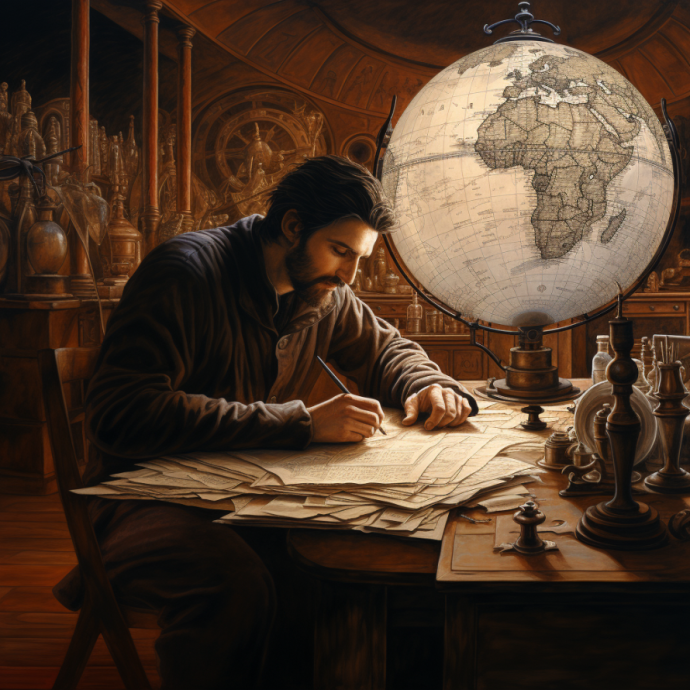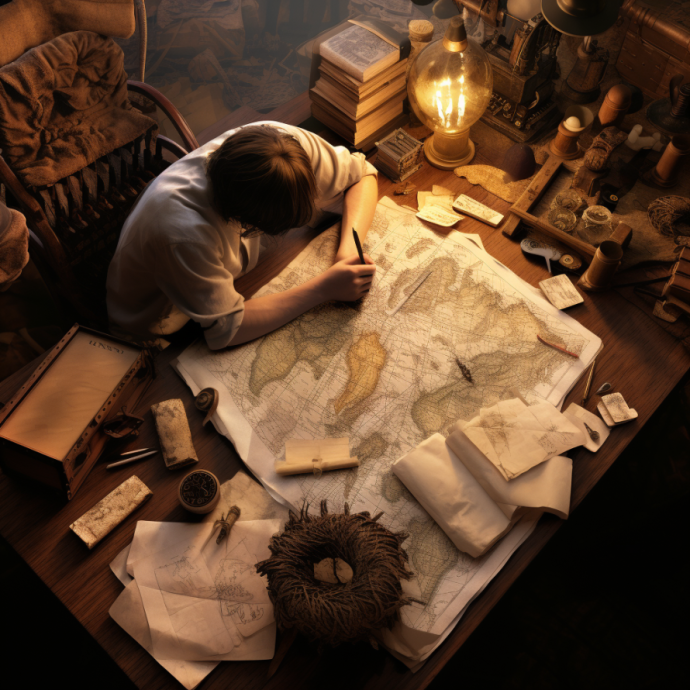AI-Generated Art Controversy: The Future of Creativity or a Replacement for Human Talent?

Hey there, art enthusiasts and tech aficionados! Today, let's dive into a topic that's sparking a wildfire of debates in both the art and tech communities: AI-generated art. Is it the dawn of a new creative era, or are we witnessing the replacement of human talent? Let's unwrap this intriguing package together!
The Rise of AI in Art
Picture this: a computer program churns out a masterpiece that could easily pass for a Van Gogh or a Dali. Sounds like science fiction, right? But this is the reality we're living in. AI-generated art is not just a futuristic concept anymore; it's here, creating, transforming, and sometimes, unsettling the art world.
The journey of AI in art began as a curious exploration. Artists and programmers teamed up to see what happens when algorithms and creativity collide. The results were fascinating and, in some cases, breathtakingly beautiful. These AI systems, often powered by techniques like neural networks, learn from existing art pieces and generate new works that are unique, compelling, and sometimes eerily human-like.
The Controversy
Here's where things get spicy! The advent of AI art has sparked a heated debate. On one side, there are those who celebrate these technological marvels, arguing that AI art pushes the boundaries of creativity and opens up new avenues for artistic expression. They see AI as a tool, much like a paintbrush or a camera, that artists can use to explore uncharted territories of creativity.
On the other side, skeptics are raising red flags. They question the originality of AI-generated art and worry about its implications for human artists. Can a machine truly be creative? Or is it merely mimicking the styles and techniques it has been fed? The fear is that AI could overshadow human artists, making their skills and talents redundant in the face of a tireless, ever-learning machine.
The Emotional Dimension
Let's add a layer of emotion to this debate. Art, at its core, is an expression of human experience and emotion. It's about the artist's personal touch, their story, and their perspective on the world. When an AI creates art, whose story is it telling? Can a machine capture the depth of human emotion and experience?

Supporters of AI art argue that these systems can indeed evoke emotions and tell stories, albeit in a different way. They see AI as a collaborator that brings a new perspective, free from human biases and limitations. The art it produces can be a fusion of countless influences and styles, creating something uniquely intriguing.
The Future of Creativity
Imagine a world where human artists and AI collaborate, blending human intuition with machine precision. Some artists are already experimenting with this, using AI to generate ideas, patterns, or even entire pieces, which they then refine and integrate into their work. This symbiosis could lead to a new era of creativity, where the boundaries between human and machine-made art blur, creating a rich tapestry of artistic expression.
The Economic and Ethical Implications
Beyond the creative aspects, there are practical concerns too. The rise of AI art raises questions about copyright, ownership, and the value of art. If an AI creates a piece, who owns it? The programmer, the user, or the AI itself? And what does this mean for the livelihoods of human artists?
Ethically, it's a minefield. Should AI-generated art be allowed to compete in traditional art competitions? How do we ensure fair recognition and compensation for both human and AI creators? These are questions we need to address as AI art becomes more prevalent.
A Balanced Perspective
So, is AI-generated art a threat or a boon? Perhaps it's a bit of both. It's undeniable that AI is changing the landscape of art, bringing new tools and possibilities to the table. But it's also crucial to recognize and preserve the value of human creativity and expression.
The future of art will likely be a blend of human and machine creativity, each complementing the other. As we navigate this new territory, let's keep an open mind and a respectful dialogue. After all, at the heart of both art and technology lies a shared quest for beauty, understanding, and expression.
Conclusion
As we stand at this crossroads, the journey ahead is uncertain but undoubtedly exciting. Whether you're an artist, a tech enthusiast, or just a curious soul, the evolution of AI in art is a fascinating journey to follow. Let's embrace the possibilities, confront the challenges, and above all, keep the essence of creativity alive in this brave new world of art and AI.

Become a part of digital history



Comments about AI-Generated Art Controversy: The Future of Creativity or a Replacement for Human Talent?